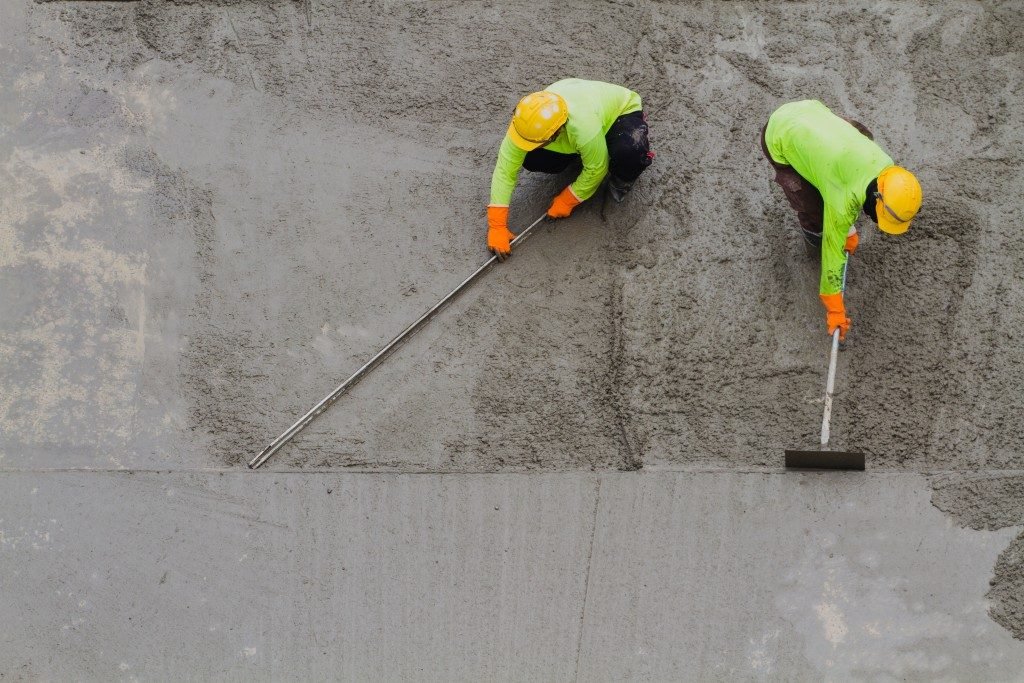You’ve committed to renovating your house and you want to do it right. You may want to start from the ground up, especially if you are trying to improve the value of the property as much as possible. You think the entire kitchen has to go and even the slab foundation may need a facelift. But is it necessary to change to a different kind of foundation?
Your Options
There are three common kinds of foundations: slab, crawlspace, and basement foundations. Each house may decide on the kind of foundation because of their budgetary constraints, but there is also the house structure to consider. Slab foundation requires minimal prepping, and plumbing systems are buried below the slab.
Unlike slab foundation, crawlspace foundation is elevated by a few feet off the ground. This elevation gives homeowners and contractors easy access to the piping, ductwork, and wiring running around the house.
The third and most time-consuming option is the basement foundation, which requires more preparation and will be more expensive to complete than a crawlspace. This, of course, gives you additional square footage that extends deep into the ground, which also provides more stability for the foundation. Use the basement wisely and you will have an energy-efficient living space perfect for extreme winter and summer climates.
Is There Any Difference?

While it’s obvious that there are cost differences when choosing from the three kinds of foundations, each one has costs associated with their repair as well. In Denver, foundation solutions are available for all kinds of foundations, which means there’s no need to go with a complete replacement of the existing foundation just to save money. It might even be more expensive to consider a foundation replacement instead of reinforcing the one you currently have. Besides, the foundations created these days are more weather resistant thanks to stronger materials and modernized building techniques.
Where to Focus Instead
Though you may not need to replace your foundation unless it’s structurally compromised, you may still need to look at nearby problems and address them when you remodel. A slab foundation will best work with piping that is meant to withstand years of use so that you will not need to dig through the slab to fix any problems every so often. For basement foundations, you’ll need to watch out for signs of mold and moisture, as they may indicate a more serious problem behind the surface. Crawlspaces should also be regularly cleaned and inspected for any dead animals that have gotten stuck.
Once you’ve tackled the common issues associated with the foundation, you’re free to use the remainder of your remodeling budget on changes that will improve the functionality of the property. Consider a centralized air conditioning system if you don’t have that already, or replace all old appliances with more energy-efficient ones. You may even go for a full basement renovation to make it livable. This extra space can be used as a guest room or an entertainment area.
Your house was constructed in a way that it can serve its purpose without needing drastic changes, provided you have taken care of it through the years. Don’t look for unnecessary costs if you can focus on a retouch or reinforcement instead.

